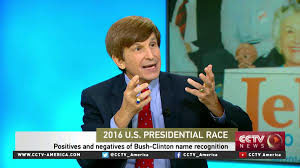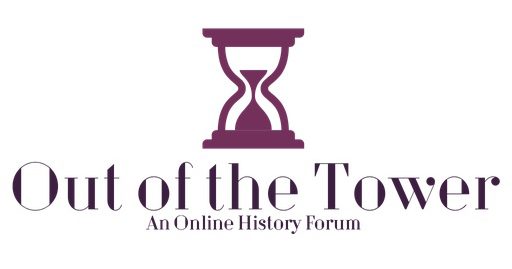In May 1972, several people broke into the Democratic National Committee’s (DNC) headquarters in Washington DC. The DNC housed its head office in the now infamous Watergate complex. During the break-in, the prowlers planted “bugs” and photographed documents. But, the wiretaps proved faulty. So, a month later, the burglars broke into the complex a second time. And, this time a security guard caught them in the act. The guard called the police and the burglars were arrested. Initially, the entire event seemed strange. Why, on earth, were these seemingly random burglars trying to monitor the DNC’s headquarters?[1]
Trump
CHANNELING THE RAGE: Trump, Populism, and the 2016 Election
 How did we get here? I can barely even type the words that will encapsulate our collective future: President Donald Trump. Even now, I have a visceral reaction to typing out those words. But, that is enough about my emotions. This piece is not about my personal distress over the election of Donald Trump. I know a number of good people who voted for Trump. I do not want to alienate them; I do not want to argue with them. Rather, I want to understand their position. Moreover, as a historian, I want to unpack how we got to this place so that we can learn from the historical factors at play.
How did we get here? I can barely even type the words that will encapsulate our collective future: President Donald Trump. Even now, I have a visceral reaction to typing out those words. But, that is enough about my emotions. This piece is not about my personal distress over the election of Donald Trump. I know a number of good people who voted for Trump. I do not want to alienate them; I do not want to argue with them. Rather, I want to understand their position. Moreover, as a historian, I want to unpack how we got to this place so that we can learn from the historical factors at play.
 Donald Trump spent half as much money and had far less official infrastructure for voter turnout than Hillary Clinton, but he still won the election.[1] Trump won fifty-one percent of voters without a high school diploma. He gained the rural vote by sixty-two percent and the suburban vote by fifty percent. Fifty-three percent of men backed Trump and fifty-eight percent of white voters went for Trump.[2] One of the few people to predict a Trump win was historian Allan Lichtman. Lichtman, who was also my PhD advisor, explains Trump’s victory as being a result of the larger forces that shape American politics. According to Lichtman, presidential elections are primarily a referendum on the performance of the party in power. Despite President Obama’s strong approval ratings, the American people wanted a change from the Democratic Party’s leadership.[3]
Donald Trump spent half as much money and had far less official infrastructure for voter turnout than Hillary Clinton, but he still won the election.[1] Trump won fifty-one percent of voters without a high school diploma. He gained the rural vote by sixty-two percent and the suburban vote by fifty percent. Fifty-three percent of men backed Trump and fifty-eight percent of white voters went for Trump.[2] One of the few people to predict a Trump win was historian Allan Lichtman. Lichtman, who was also my PhD advisor, explains Trump’s victory as being a result of the larger forces that shape American politics. According to Lichtman, presidential elections are primarily a referendum on the performance of the party in power. Despite President Obama’s strong approval ratings, the American people wanted a change from the Democratic Party’s leadership.[3]

